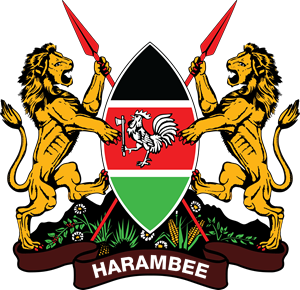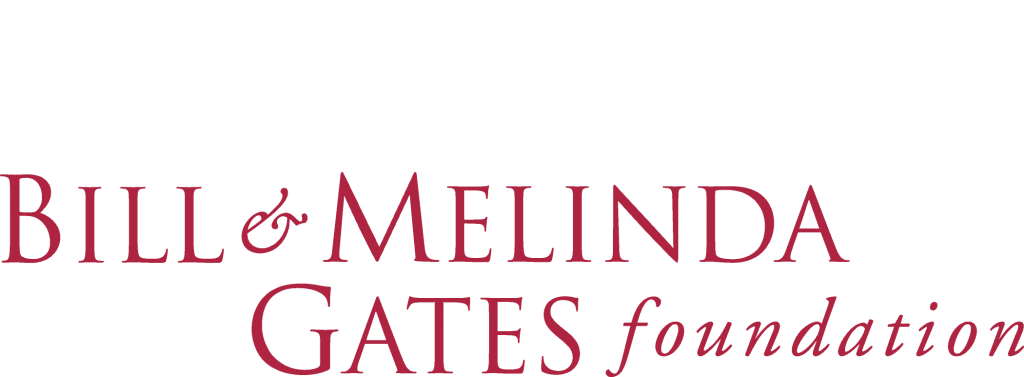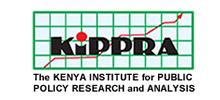
Coordinated Investment to Reduce Malnutrition
The Kenyan Government and nutrition actors have joined in the global move towards improving nutrition investments for efficiency in accelerating attainment of the Sustainable Developmental Goals, particularly Goal 2; ending hunger, achieving food security, improved nutrition and promoting sustainable agriculture. Subsequently, National Information Platform for Nutrition (NIPFN) developing partners; the European Union; Foreign, Commonwealth & Development Office, and the Bill & Melinda Gates Foundation is supporting ten Countries in setting up analytical platforms to better policies for nutrition. In Kenya, the National Treasury through State Department of Planning is the parent Ministry of the implementing agencies: Kenya Institute for Public Policy Research and Analysis (KIPPRA) and Kenya National Bureau of Statistics (KNBS). By virtue of the multisectoral and multi-stakeholder nature of NIPFN, other Government Ministries are actively engaged, namely: Health, Education, Labour and Social Protection, Water &Sanitation and Irrigation; Agriculture, Livestock, Fisheries and Cooperatives and Devolution and the Arid and Semi-Arid Lands.
National Food and Nutrition Security policy and the National Food and Nutrition Security policy Implementation Framework 2018-2022 are the overarching regulatory frameworks guiding the multisector engagement for nutrition interventions. The Kenyan Constitution 2010, Article 43 guarantees socio economic rights- freedom from hunger, and access to adequate safe water and sanitation. Further, Article 21 mandates the State to ensure that all rights granted are progressively realized and enjoyed by citizens in all the 47 Counties. Furthermore, Government development approach is through the ‘Big Four Agenda’ with food security, manufacturing, affordable housing and affordable healthcare as the pillars. Food security is complemented with the other three pillars.
Status of malnutrition
Malnutrition has been defined as a state when the body does not have enough of the required nutrients (undernutrition) or has excess of the required nutrients (overnutrition). Malnutrition is further classified as either acute or chronic. Chronic malnutrition is determined by the degree of stunting, that is, when a child has not reached the expected height for a given age. Stunting is indicative of the status of nutrition of a population. The national prevalence of under-five stunting in Kenya is 26 per cent (KDHS,2014). This is higher than the developing Countries’ average of 25 per cent. In the past, for more than 15 years, from 1993 to 2008/09, stunting in Kenya remained broadly unchanged, varying between 30 and 35 per cent for children younger than five years of age. In Vision 2030, the government targeted to reduce stunting rate from 35 per cent in 2008/09 to 14.7 per cent.
Despite the marked decline of stunting from 35 per cent in 2008 – 2009, to 26 per cent in 2014 (1.8 Million) there was a heavy burden of undernutrition with high prevalence of micronutrient deficiencies (hidden hunger), vitamin A deficiency and anemia rates particularly being high. Further KDHS 2014 revealed more rural children stunting (29%) than in urban areas (20%). The proportion of children receiving minimum acceptable diet (minimum dietary diversity and meal frequency) declined from 39 per cent in 2008/09 to 21 per cent in 2014. Figure 1 below shows the trends in stunting from 1993 to 2014
Figure 1: Stunting of under 5 children
Source: KDHS, 2014
The Third National Nutrition Symposium was timely as the Country recovers from the effects of Covid-19 pandemic and in the spirit of Scaling Up Nutrition which is key in enhancing immunity. Among the discussions was emphasis on translating policies into results through nutrition investments and budget allocation by both National and County Governments. Similarly, NIPFN initiative supports Countries to strengthen information systems to enable use of evidence for prioritizing policies and programmes to prevent malnutrition .The NIPFN data repository will facilitate analysis of data from sectors influencing nutrition and enable tracking of financing of interventions thus contributing to coordinated implementation of activities. In addition, the real time access to nutrition information on the NIPFN portal will inform evidence- based interventions. By a click of a button, investors can get information on stakeholder activities promoting partnership opportunities for resilient community interventions. Further, NIPFN’s communication strategy to raise awareness on the impact of nutrition interventions would improve project visibility contributing to continued nutrition improvement.
The Kenyan Government and nutrition actors have joined in the global move towards improving nutrition investments for efficiency in accelerating attainment of the Sustainable Developmental Goals, particularly Goal 2; ending hunger, achieving food security, improved nutrition and promoting sustainable agriculture. Subsequently, National Information Platform for Nutrition (NIPFN) developing partners; the European Union; Foreign, Commonwealth & Development Office, and the Bill & Melinda Gates Foundation is supporting ten Countries in setting up analytical platforms to better policies for nutrition. In Kenya, the National Treasury through State Department of Planning is the parent Ministry of the implementing agencies: Kenya Institute for Public Policy Research and Analysis (KIPPRA) and Kenya National Bureau of Statistics (KNBS). By virtue of the multisectoral and multi-stakeholder nature of NIPFN, other Government Ministries are actively engaged, namely: Health, Education, Labour and Social Protection, Water &Sanitation and Irrigation; Agriculture, Livestock, Fisheries and Cooperatives and Devolution and the Arid and Semi-Arid Lands.
National Food and Nutrition Security policy and the National Food and Nutrition Security policy Implementation Framework 2018-2022 are the overarching regulatory frameworks guiding the multisector engagement for nutrition interventions. The Kenyan Constitution 2010, Article 43 guarantees socio economic rights- freedom from hunger, and access to adequate safe water and sanitation. Further, Article 21 mandates the State to ensure that all rights granted are progressively realized and enjoyed by citizens in all the 47 Counties. Furthermore, Government development approach is through the ‘Big Four Agenda’ with food security, manufacturing, affordable housing and affordable healthcare as the pillars. Food security is complemented with the other three pillars.
Status of malnutrition
Malnutrition has been defined as a state when the body does not have enough of the required nutrients (undernutrition) or has excess of the required nutrients (overnutrition). Malnutrition is further classified as either acute or chronic. Chronic malnutrition is determined by the degree of stunting, that is, when a child has not reached the expected height for a given age. Stunting is indicative of the status of nutrition of a population. The national prevalence of under-five stunting in Kenya is 26 per cent (KDHS,2014). This is higher than the developing Countries’ average of 25 per cent. In the past, for more than 15 years, from 1993 to 2008/09, stunting in Kenya remained broadly unchanged, varying between 30 and 35 per cent for children younger than five years of age. In Vision 2030, the government targeted to reduce stunting rate from 35 per cent in 2008/09 to 14.7 per cent.
Despite the marked decline of stunting from 35 per cent in 2008 – 2009, to 26 per cent in 2014 (1.8 Million) there was a heavy burden of undernutrition with high prevalence of micronutrient deficiencies (hidden hunger), vitamin A deficiency and anemia rates particularly being high. Further KDHS 2014 revealed more rural children stunting (29%) than in urban areas (20%). The proportion of children receiving minimum acceptable diet (minimum dietary diversity and meal frequency) declined from 39 per cent in 2008/09 to 21 per cent in 2014. Figure 1 below shows the trends in stunting from 1993 to 2014
Figure 1: Stunting of under 5 children
Source: KDHS, 2014
The Third National Nutrition Symposium was timely as the Country recovers from the effects of Covid-19 pandemic and in the spirit of Scaling Up Nutrition which is key in enhancing immunity. Among the discussions was emphasis on translating policies into results through nutrition investments and budget allocation by both National and County Governments. Similarly, NIPFN initiative supports Countries to strengthen information systems to enable use of evidence for prioritizing policies and programmes to prevent malnutrition .The NIPFN data repository will facilitate analysis of data from sectors influencing nutrition and enable tracking of financing of interventions thus contributing to coordinated implementation of activities. In addition, the real time access to nutrition information on the NIPFN portal will inform evidence- based interventions. By a click of a button, investors can get information on stakeholder activities promoting partnership opportunities for resilient community interventions. Further, NIPFN’s communication strategy to raise awareness on the impact of nutrition interventions would improve project visibility contributing to continued nutrition improvement.
The symposium also provided a forum where nutrition actors – academia, researchers and development partners- came together and reiterated the need for community engagement and strengthening community health structures for improved nutrition. These actions cannot be overemphasized owing to lessons learnt from the current Covid -19 pandemic that affected uptake of nutrition services . Table 1 below gives a summary of uptake of nutrition services among women of childbearing age, infants and children which shows a significant drop.
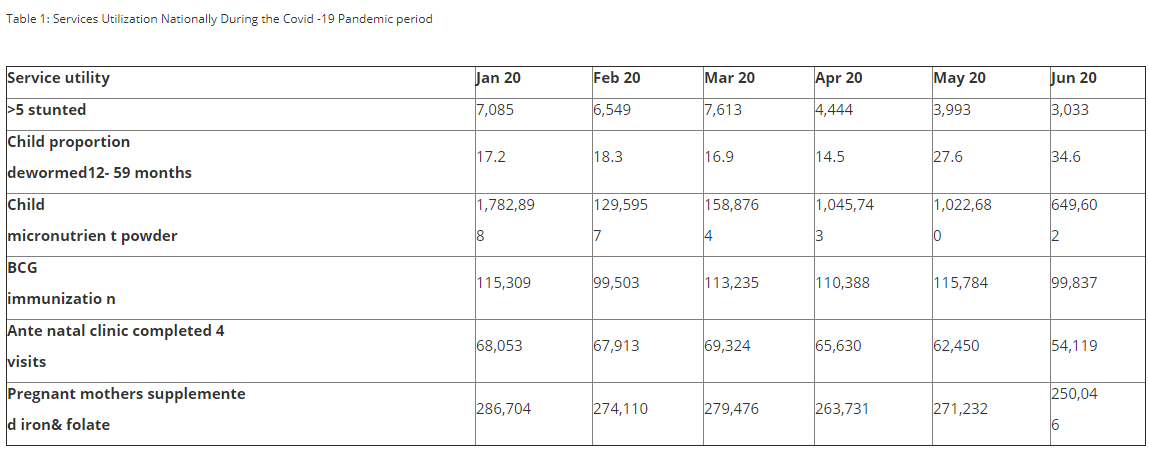
Some challenges and gaps remain in implementation, governance and coordination frameworks that would enhance multi-stakeholder engagement for accountability and monitoring of sectoral interventions for sustainable nutrition improvement. Some Counties have not developed County Specific Nutrition Action Plans that would enable visibility of nutrition activities for funding. Further, only a few Counties have consistently allocated a budget for nutrition as shown in table two below.
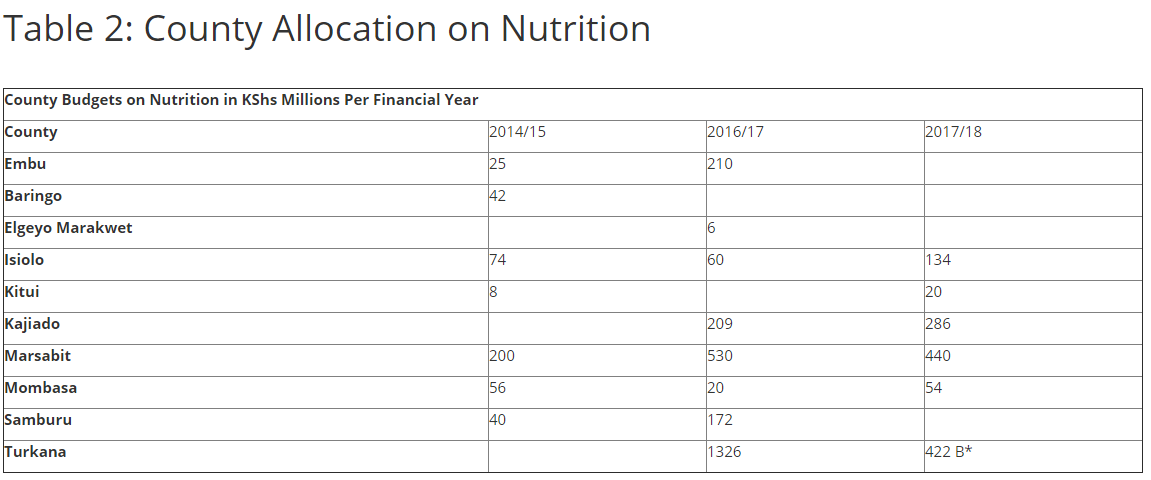
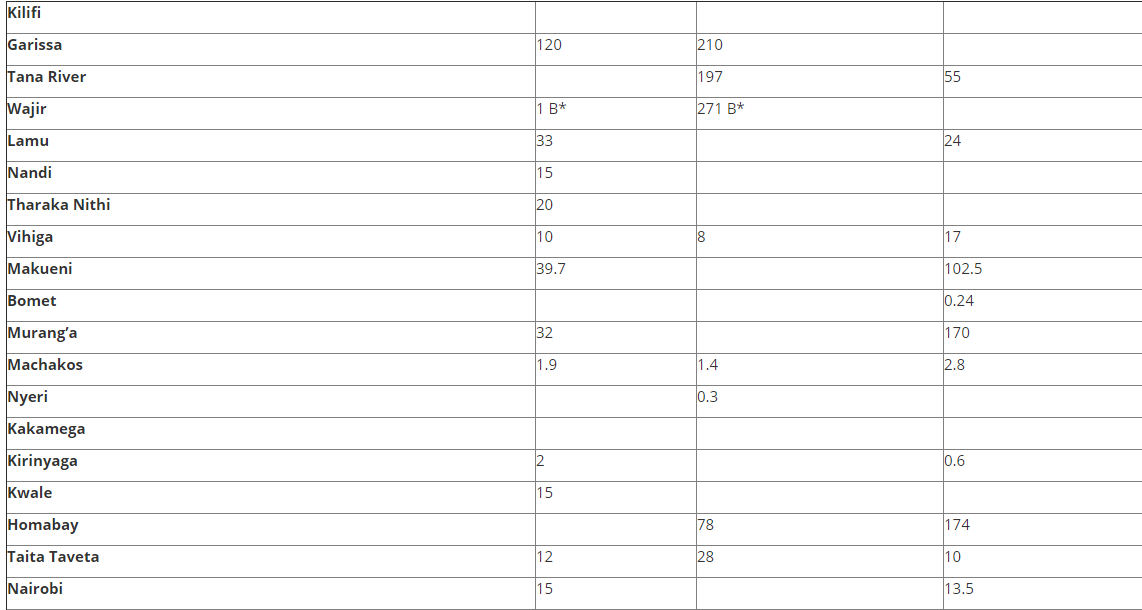
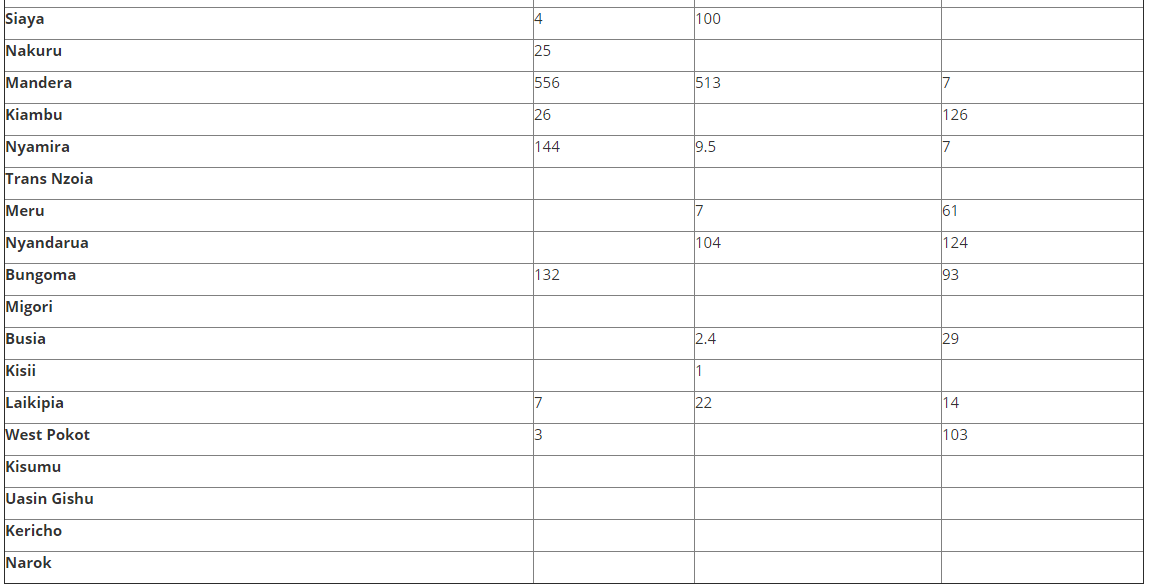
Note: Where there are no figures, the amount allocated on nutrition was not specified
* is allocation in billions.
Policy Actions and Opportunities
Opportunities lie in leveraging on technology for consistent tracking of financing and interventions for optimum nutrition outcomes. This requires enhanced access to nutrition information and a clear communication strategy for all nutrition actors to understand their roles and the synergies required for improved nutrition. Overall,
strengthening community structures through continued awareness by electronic nutrition education messages, integrated into service delivery to adopt healthy practices, will promote good nutrition.This is key since an individual decides what to feed on which collectively translates into the reported nutrition state of a people. Even so, the National Treasury has developed a code for nutrition therefore Counties require to have nutrition captured in County Integrated Development Plans for sustainability.
Article by: Geoffrey M.Kebaki NIPFN Senior Policy Analyst

